Hunters haul 181 alligators in 18th annual hunting season
ON 10-02-2024
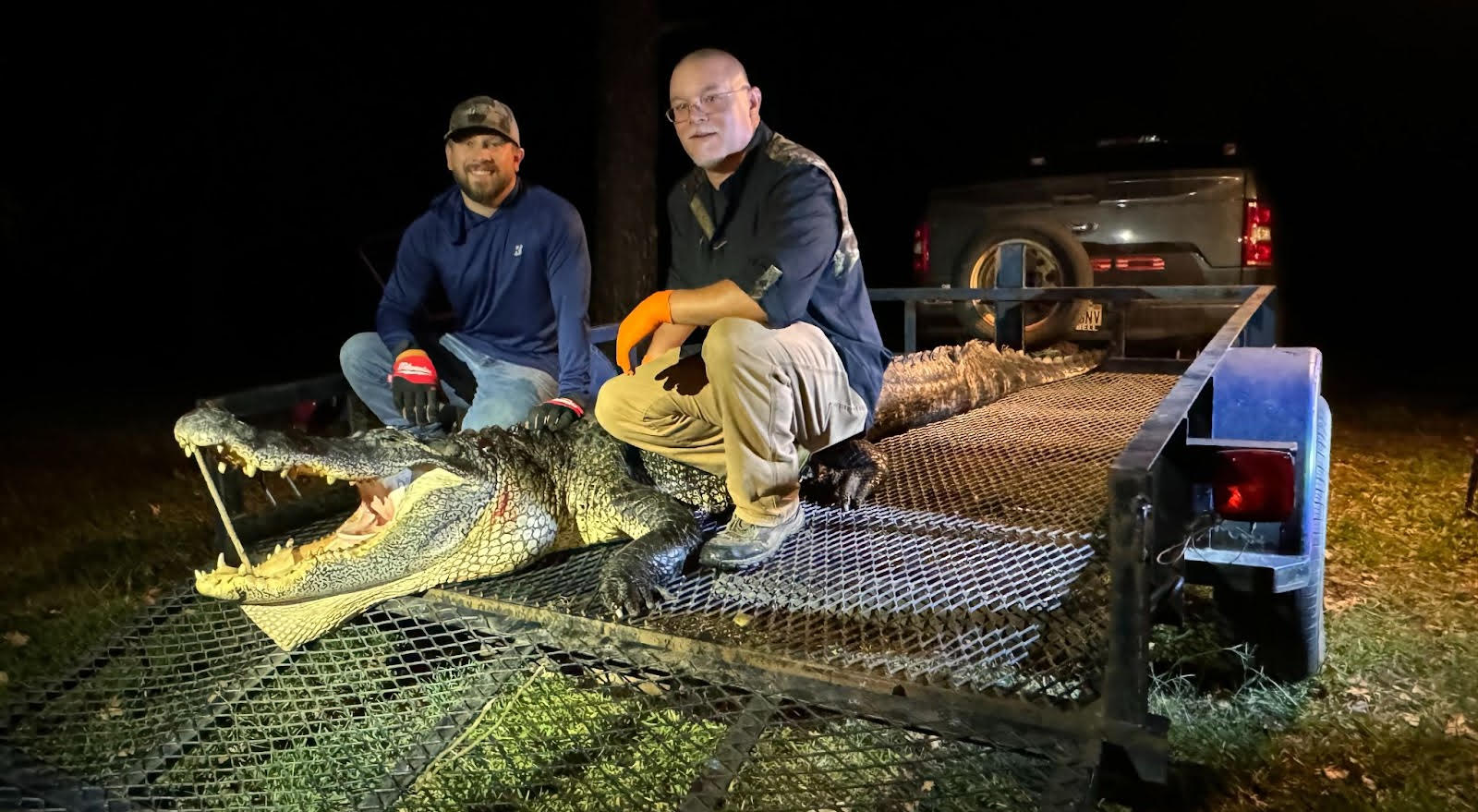
LITTLE ROCK — Arkansas hunters managed the second-highest harvest of alligators on record during the last two weekends in the sloughs and swamps of The Natural State. The 181-alligator harvest falls short of last year’s record effort of 202 alligators checked, but maintains the overall upward trend in what is still a relatively new opportunity for hunters.
Amanda Bryant, Arkansas Game and Fish Commission Herpetologist, said she was pleased with the healthy harvest, particularly the hunt’s higher-than-normal success rate.
“Typically we see about one-third of public land tags filled, but this year we had 54 percent success rate on public land,” Bryant said. “And 96 percent of the private land quota was filled.”
This year’s weather may have increased the harvest, as Hurricane Helene may have caused a few hunters to check an alligator during the first weekend who normally would have held out for a larger one.
“Most unfilled alligator tags are because people hold out for a larger alligator than what they’re seeing, but maybe some of the forecasted rain had people more willing to take a little smaller alligator,” Bryant said. “Then the last weekend turned out pretty nice after all, and we continued to see decent numbers taken throughout the end of the season.”
Cody Gourley of Amity was one of those hunters whose patience paid off when he wrestled a 12-foot, 6-inch beast to the side of his boat on Millwood Lake during the second weekend of the hunt.
“We went out the first weekend and saw 70 to 75 gators per night, but we just couldn’t get close enough to a big one to make it happen,” Gourley said. “I tried to use a harpoon on one or two, but I couldn’t get it to stick. The second weekend, I was getting to the point that any alligator would have been good for me. My uncle said we should hold out until midnight that Saturday night before we looked for a smaller gator. At about 9:30, we saw this one and knew it was in that larger category.”
Gourley says he rigged up a snare for his second weekend, using instructions from the AGFC’s website.
“The snare was a much more intimate experience,” Gourley said. “We had to be right there within 8 feet of that gator before I could loop on the first snare. Then once we snared it, it was a fight.”
Gourley said he was in a 14-foot boat to be able to reach backwaters other hunters couldn’t.
“When the gator came up and I saw just how big it was, I was shocked,” Gourley said. “We couldn’t even get it in the boat, so we had to float it beside us as we made our way back to the ramp. It was unlike any hunt I’ve ever been on.”
Biologists have received a few calls from local anglers who were concerned about the alligator population in Millwood becoming too large, and Bryant says the harvest on the lake was encouraging.
“We had eight public tags for Millwood this year, and six of those were filled.” Bryant said. “It’s great to see so many of the tags being filled here, and hopefully it’s a step toward reducing the perception of human-wildlife conflict in this area.”
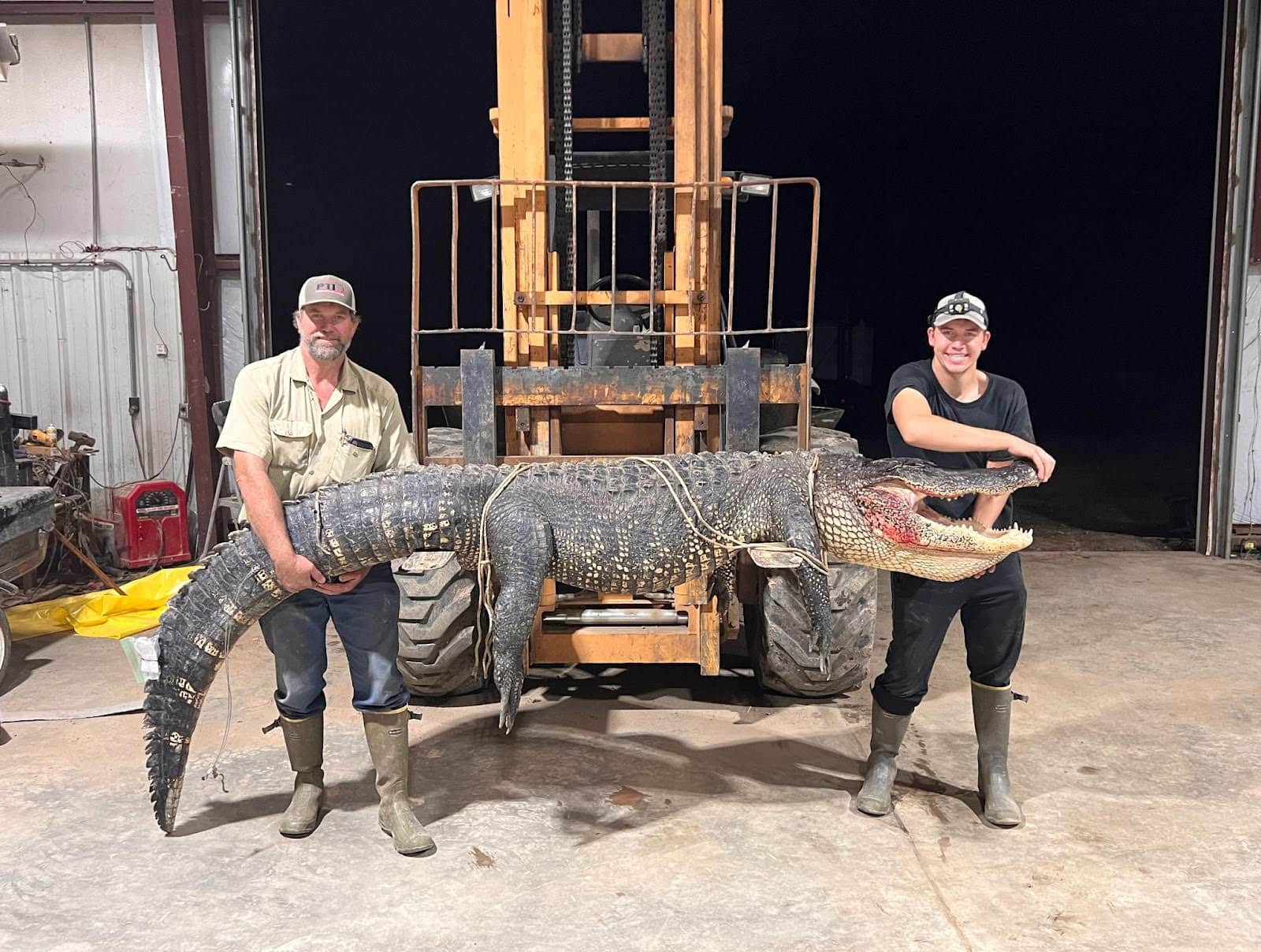
Bryant says increased harvest, especially on private land, has contributed to fewer nuisance calls in south Arkansas in the last few years.
“We see a strong relationship between the added harvest opportunity and lower nuisance calls,” Bryant said. “Some of it may be because people are more accustomed to seeing alligators now than they did 20 to 30 years ago, but a lot has to do with the private land hunt enabling landowners to handle the nuisance alligator on their own during the hunt.”
This year, Alligator Management Zone 1 (southwest Arkansas) and AMZ 3 (southeast Arkansas) tied for the most alligators harvested.
“Usually Zone 3 has the most harvest, but this year was evenly split at 87 alligators each,” Bryant said. “Alligator Management Zone 2 [south-central Arkansas] had seven alligators checked.”
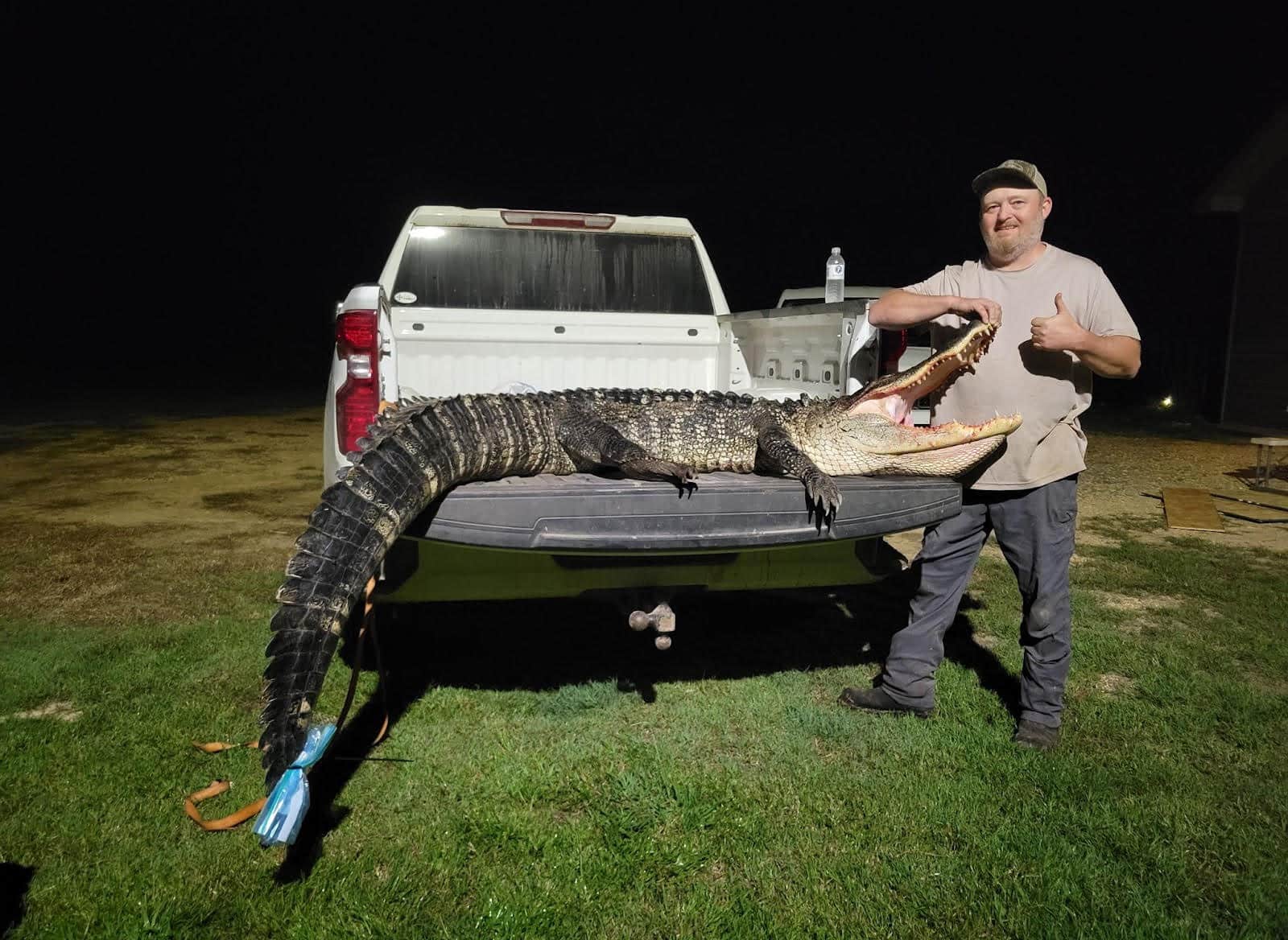
Alligator hunting is by permit only in Arkansas. The AGFC issued 50 public hunting permits through a public draw system, with hunting allowed only on designated areas of certain WMAs, lakes and rivers in south Arkansas.
Alligator hunting on private property is managed through a quota system. Anyone may purchase a private land alligator hunting permit, but hunting season ends early if the quota for the alligator zone is met. This year, all zones remained open during the entire hunting season.
Alligator hunting in Arkansas is open from 30 minutes after sunset until 30 minutes before sunrise during the last two weekends each September. All alligators must be snared or harpooned by hand and subdued before being dispatched. Visit www.agfc.com/alligator for more information.
####
CUTLINES:
GATOR ON TRAILER
Cody Gourley and his uncle, Jason Mitchell, took the largest alligator of the 2024 hunting season, this 12-foot, 6-inch Millwood Lake monster. Photo courtesy Cody Gourley.
FORKLIFT GATOR
Temeren Pfaffenberg checked this 12-foot, 1-inch alligator from private land in Alligator Management Zone 2, the largest from that zone during this year’s hunt.
TAILGATOR
Chris Ryall shared this image of his 10-foot, 9-inch alligator taken in Alligator Management Zone 3. Photo courtesy Chris Ryall.
Recent News
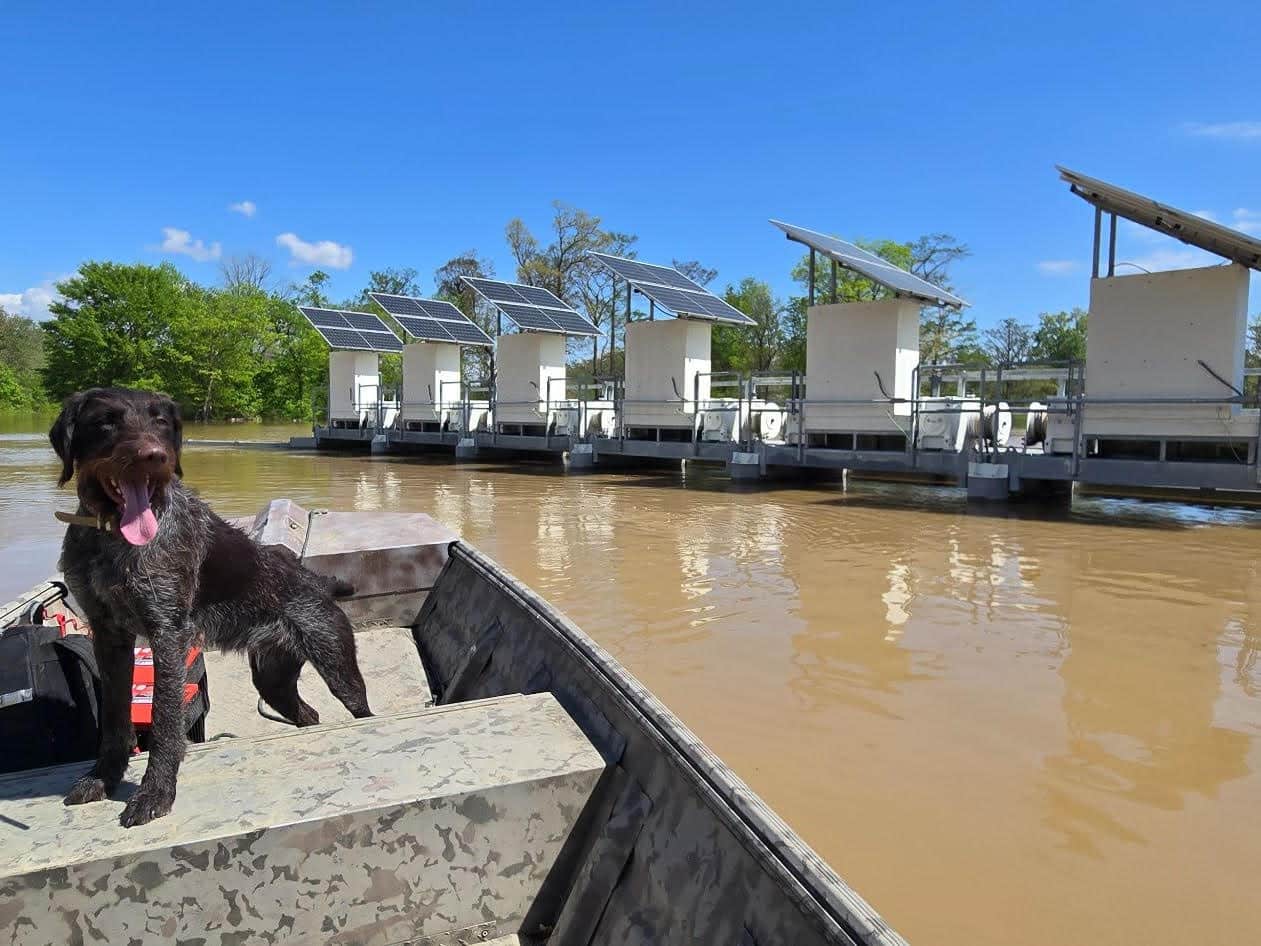
New Glaise Creek structure meeting challenges
Apr. 28, 2025
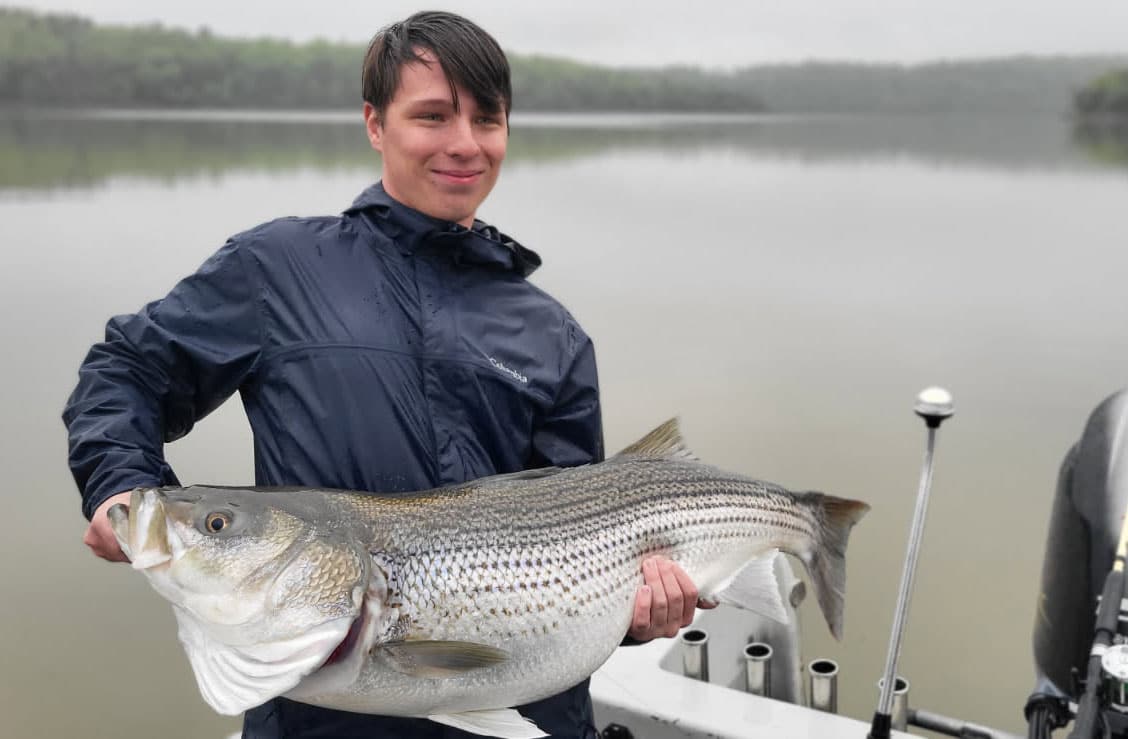
Arkansas Wildlife Weekly Fishing Report
Apr. 24, 2025
Subscribe to Our Weekly Newsletter E-mails
Don’t miss another issue. Sign up now to receive the AGFC Wildlife Weekly Newsletter in your mailbox every Wednesday afternoon (Waterfowl Reports are published weekly during waterfowl season and periodically outside the season). Fishing Reports arrive on Thursdays. Fill in the following fields and hit submit. Thanks, and welcome!
